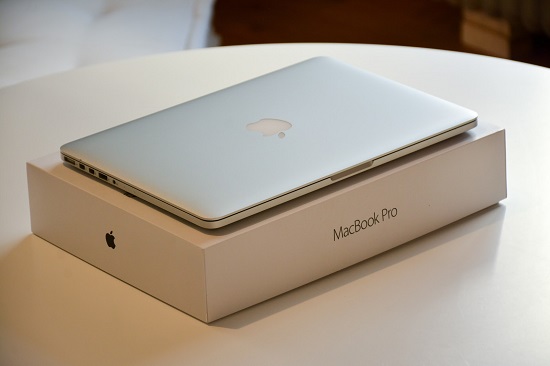The Ultimate Guide to Deleting Caches on a Macbook
How to clear cache in Mac: The Macbook tends to take care of itself in quite a few areas, but that does not mean you can simply sit back and relax. No, there are certain things you will have to take into your own hands, whether you like it or not.
One of the best examples of that has to be the constant security of your Macbook running smoothly. A hiccup here and there is not the end of the world, but it helps a lot when users can enjoy their computers without any problems.
Slowing down is natural after a few years of usage, but that does not mean you ought to give up and look for a replacement. It is all about looking for ways to salvage the situation. And one of the best methods to do just that would be keeping your caches as clean as possible.
Table of Contents
Different Kinds of Caches
As you can guess, there are quite a few different caches. Things would be a lot easier if you would need to manage only a single type of cache, but alas, we have what we have. Keep in mind that you need to take care of every single one of caches for full effect. So what exactly those are?
1. Browser Cache
Every single browser keeps track of your browsing history and collects information from sites you are on. Did you ever notice that something you were shopping a while ago suddenly appeared in front of you on a totally unrelated website? Well, these things do not happen magically.
As you see, the need to clear browser cache stems not just for performance improvement, but to protect yourself from subliminal messages and all that stuff that nobody wants to see while surfing the internet. Do not end up in the state of thinking that someone is spying on you.
2. System Cache
This one is a bit simpler. The OS also creates caches while simply running various things in the background or whenever there is a new update coming out.
3. User or Application Cache
Every new application you install and use will create a cache of its own. Apps that are installed by default also have caches. Now keep in mind that whenever you clear a cache but still keep using the application, a cache will appear again in no time.
Does that mean that clearing application caches is a waste of time? No. Whenever you get rid of an app, delete the cache and that will be that. And as for those applications you use all the time, it is still worth to do the cleaning to keep things running better, even if the time window for that is not forever.
How to clear Cache Mac
All that junk serves absolutely no purpose. If you want to benefit from everything that a good cleaning will do, you have two available options. The first one would be doing everything manually. And the second is using a cleanup software.
Both have advantages and disadvantages. The biggest problem of doing everything yourself is the amount of time it takes. Meanwhile, software certainly saves time but you can never be certain about it doing a very thorough job and not accidentally deleting something crucial.
If you do end up using the software option, then you will need to read carefully through the instructions and let it take care of the business.
1. Deleting Application Cache Manually
To clear the application caches, go to your Library folder. There, you will find a folder that has all the caches for applications. Do not remove the folders themselves but what is rather inside them. And to make sure that the files are gone for good, empty out the trash bin and restart the computer. When it loads up, you will see that there is extra space on the hard drive and that it is running a bit faster.
2. Clear System Cache Manually
System caches can be found in the same location. The only difference is that you need to be more careful since not every single system cache file can be deleted safely. Backup the information beforehand to give yourself peace of mind before you commit.
3. Delete Browser Cache Manually
This one depends entirely on what you are using as a browser. Safari is the default version and you can find its cache by starting Safari, clicking on Preferences, selecting Advanced and enabling the Develop tab. You will find the option to empty caches there.
I. For Chrome user: Click on those three dots at the top-right corner and go to Settings. There will be the Advanced option at the bottom. Select Clear browsing data and untick every box except cached images and files. To finish, click the Clear Data button.
II. For Firefox user: Those who use Firefox will need to go to Privacy and Settings, select Cookies and Site Data, click Clear Data, and when in the Cached Web Content, simply click the Clear button. The next time you launch the browser, the cache will be gone.
In a word, this quick guide works as a great reference for everyone who is still getting used to their new Macbook and would like to keep the computer in top shape for as long as possible.
Follow Us On:
